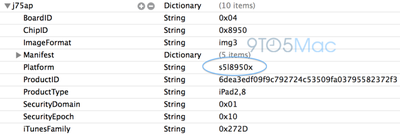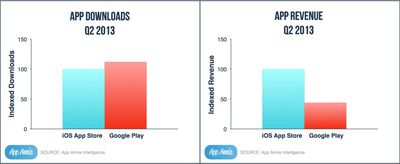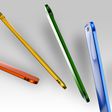 Semiconductor manufacturer Micron Technology has completed its $2 billion purchase of Elpida, a Japanese manufacturer of memory chips and primary chip supplier to Apple. The company’s memory chips are currently used in the iPhone 5 and fourth-generation iPad and are also found in other devices such as Google’s current generation Nexus 7. Elpida DRAM was also spotted in an iPhone 5S prototype leaked in June.
Semiconductor manufacturer Micron Technology has completed its $2 billion purchase of Elpida, a Japanese manufacturer of memory chips and primary chip supplier to Apple. The company’s memory chips are currently used in the iPhone 5 and fourth-generation iPad and are also found in other devices such as Google’s current generation Nexus 7. Elpida DRAM was also spotted in an iPhone 5S prototype leaked in June.
Using its advanced technologies, Elpida has built a strong presence in Mobile DRAM, targeting mobile phones and tablets. Micron is a leader in delivering enterprise DRAM solutions for networking and servers as well as offering a wide product portfolio in NAND flash memory and NOR. Combining the two complementary product portfolios will further strengthen Micron's position in the memory market and enable it to provide customers with an even more complete set of high-quality solutions.
Last year, Apple announced that it was cutting back on memory chip orders from Samsung in order to diversify its client list, and increased orders from manufacturers such as Toshiba, Elpida, and Micron to use in its mobile devices. With DRAM and NAND being relative commodities in the technology market, Apple sources its memory needs from a variety of companies, frequently shifting its orders based on pricing and capacity.


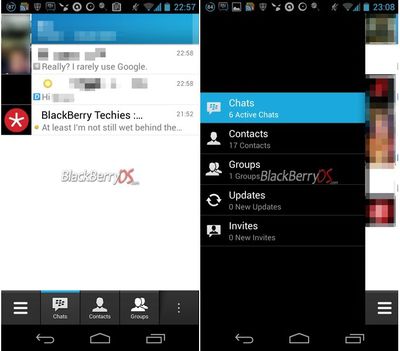
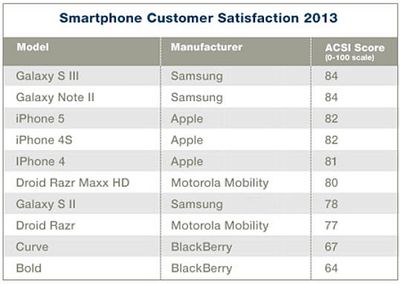
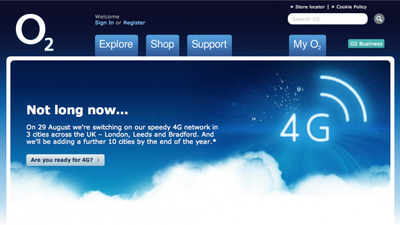
 Double Fine Productions, the company founded by video game designer Tim Schafer, has launched
Double Fine Productions, the company founded by video game designer Tim Schafer, has launched 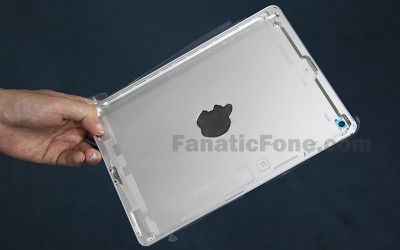
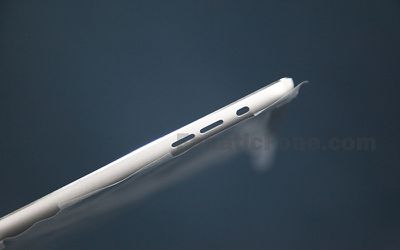
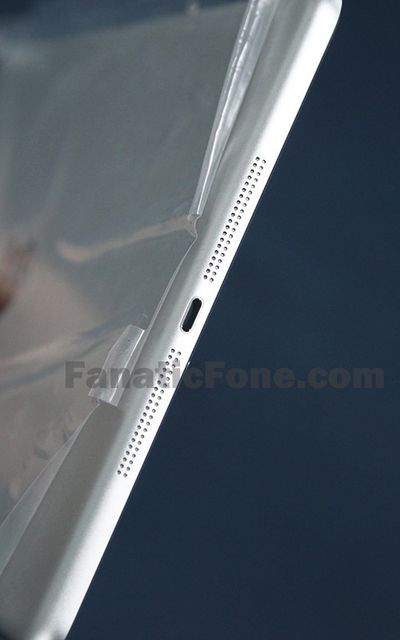

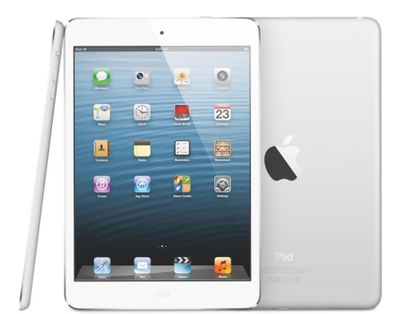


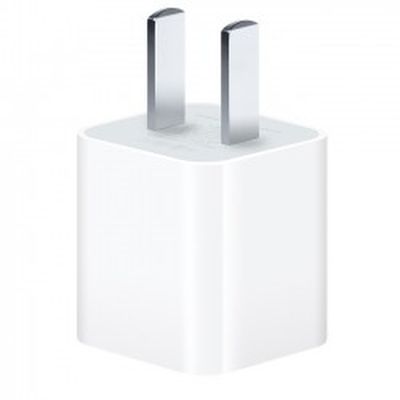 Earlier this year, a trio of computer scientists
Earlier this year, a trio of computer scientists 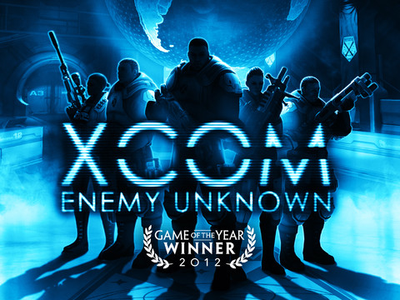
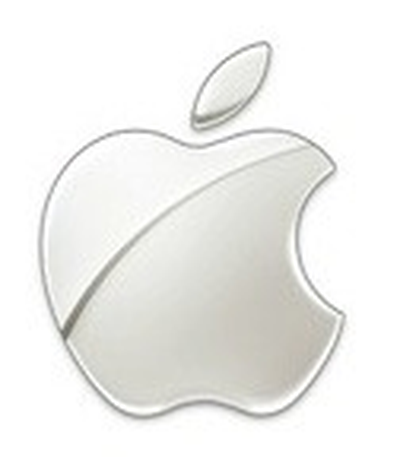 Apple directors Bill Campbell and Millard Drexler recently exercised and sold more than 42,000 Director Stock Options according to documents filed today with the SEC.
Apple directors Bill Campbell and Millard Drexler recently exercised and sold more than 42,000 Director Stock Options according to documents filed today with the SEC.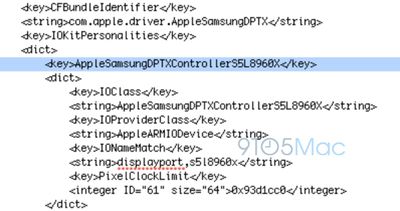

 Apple today seeded build 12F30 of OS X 10.8.5 to developers, marking the seventh beta iteration of 10.8.5, dating
Apple today seeded build 12F30 of OS X 10.8.5 to developers, marking the seventh beta iteration of 10.8.5, dating 